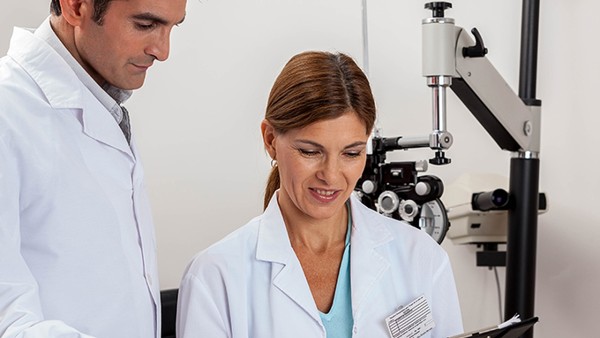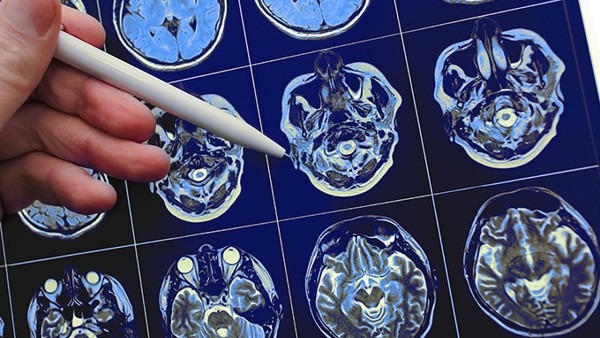Why Breast Cancer Recurs

Breast cancer recurrence is a devastating reality for many women who have successfully undergone initial treatment. Despite advancements in diagnosis and therapy, a significant proportion of patients experience the return of their disease, often years after their initial diagnosis. Understanding the factors that contribute to breast cancer recurrence is crucial for developing effective strategies to prevent or mitigate this devastating outcome.
Mechanisms of Breast Cancer Recurrence
Breast cancer recurrence can occur through several distinct mechanisms:
1. Tumor Residual Cells (TRCs)
Following surgery, chemotherapy, and/or radiation therapy, microscopic tumor cells may remain dormant within the body. These TRCs can later awaken and give rise to new tumors. TRCs can escape detection during initial treatment due to:
Size: TRCs are extremely small, making them difficult to detect with current imaging techniques.
Location: TRCs can hide in areas that are inaccessible to surgery or radiation therapy, such as the bone marrow or lymph nodes.
Dormancy: TRCs can enter a state of dormancy, where they remain inactive for extended periods before becoming active again.
2. Metastatic Dormancy
Breast cancer cells can spread to distant sites in the body, forming metastases. These metastases may remain dormant for years before becoming active and causing symptoms. The mechanisms that control metastatic dormancy are not fully understood, but it is believed to involve:
Immune suppression: The immune system may not recognize or effectively attack dormant tumor cells.
Niche environment: The dormant tumor cells may reside in a specific microenvironment that promotes their survival and inhibits their growth.
3. Clonal Evolution
Over time, cancer cells can undergo genetic mutations that lead to the development of new subclones. These subclones may possess unique characteristics, including increased resistance to therapy. If a subclone survives treatment, it can give rise to a recurrent tumor that is more aggressive or difficult to treat.
Risk Factors for Breast Cancer Recurrence
Numerous factors can increase the risk of breast cancer recurrence, including:
1. Tumor Characteristics
Tumor size: Larger tumors have a higher risk of recurrence compared to smaller tumors.
Histological type: Invasive ductal carcinoma and triple-negative breast cancer are associated with a higher risk of recurrence.
Grade: Higher-grade tumors, which are more aggressive, have a higher risk of recurrence.
Tumor subtype: Certain tumor subtypes, such as HER2-positive and BRCA1/2-related breast cancer, have a higher inherent risk of recurrence.
2. Patient Factors
Age: Younger women at the time of diagnosis have a higher risk of recurrence.
Race: Black women have a higher risk of recurrence compared to white women.
Obesity: Obese women have a higher risk of recurrence, particularly in the postmenopausal setting.
Family history: Women with a family history of breast cancer have a higher risk of recurrence.
Genetic mutations: Inherited mutations in genes such as BRCA1, BRCA2, or PALB2 significantly increase the risk of recurrence.
3. Treatment Factors
Surgery: Incomplete surgical removal of the tumor can increase the risk of recurrence.
Adjuvant therapy: Patients who do not receive adjuvant therapy, such as chemotherapy, radiation therapy, or hormone therapy, have a higher risk of recurrence.
Treatment response: Patients who have a poor response to initial treatment or develop resistance to subsequent therapies have a higher risk of recurrence.
Strategies to Prevent or Mitigate Recurrence
While breast cancer recurrence is a challenging issue, several strategies can help prevent or mitigate its occurrence:
1. Optimal Initial Treatment
Achieving a clear surgical margin during surgery to remove all visible tumor tissue.
Administering adjuvant therapy as recommended by oncologists to target microscopic disease.
Personalizing treatment based on tumor characteristics and patient factors.
2. Adherence to Surveillance Guidelines
Regular follow-up examinations with a healthcare provider to monitor for signs of recurrence.
Adherence to recommended imaging tests, such as mammograms and MRI scans.
3. Lifestyle Modifications
Maintaining a healthy weight, as obesity is a risk factor for recurrence.
Engaging in regular physical activity.
Adopting a healthy diet with plenty of fruits, vegetables, and whole grains.
4. Risk-Reducing Medications
For patients with a high risk of recurrence, medications such as *** or aromatase inhibitors can help reduce the risk of developing new tumors.
5. Genetic Counseling and Testing
Genetic testing can identify inherited mutations that increase the risk of recurrence. This information can help guide treatment decisions and risk management strategies.
Conclusion
Breast cancer recurrence remains a significant challenge, but understanding the mechanisms that contribute to its occurrence and implementing strategies to prevent or mitigate recurrence are of paramount importance. By optimizing initial treatment, adhering to surveillance guidelines, adopting healthy lifestyle modifications, considering risk-reducing medications, and undergoing genetic counseling and testing, patients and their healthcare providers can work together to improve outcomes and enhance the quality of life for breast cancer survivors.
The above is all the content that the editor wants to share with you. I sincerely hope that these contents can bring some help to your life and health, and I also wish that your life will be happier and happier.
Topic: #breast #why #recurs















